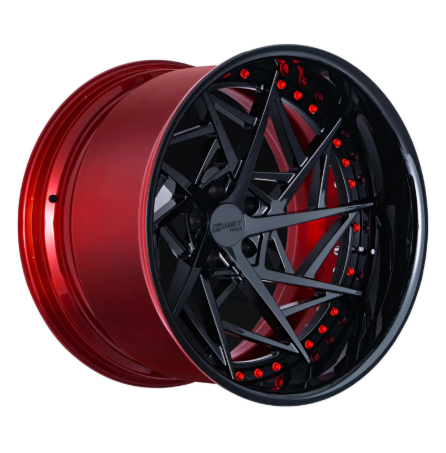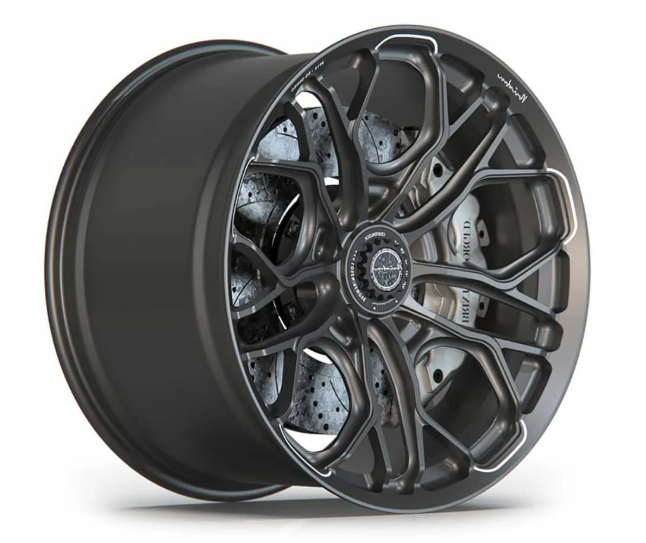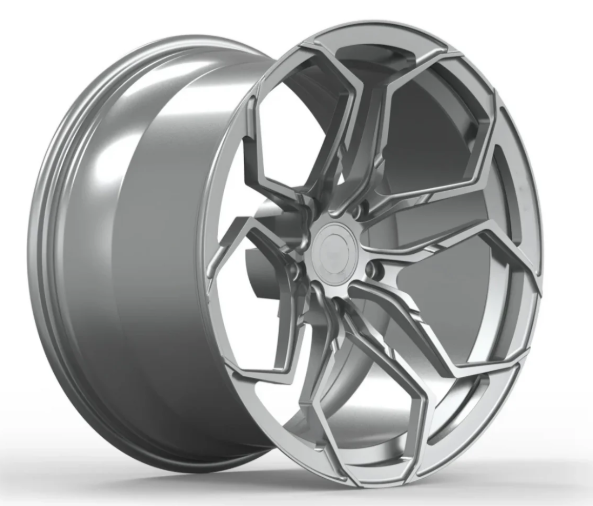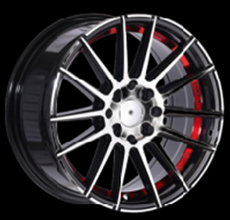The Forging Process of Car Wheels: From Raw Alloy to Precision Forged Rims
When it comes to enhancing vehicle performance and aesthetics, forged wheels stand out as a premium option. Unlike cast alternatives, they offer superior strength, durability, and weight reduction. But what exactly goes into crafting a car wheel through forging? This article explores the detailed steps of how a forged wheel is born—from alloy selection to final finishing—highlighting each stage of the process and incorporating essential automotive terminology like rim, disk, rine, and alloy wheel.
1. Choosing the Right Alloy for Forged Wheels
Every high-quality alloy wheel starts with the right material. In most cases, manufacturers use aluminum alloys due to their excellent strength-to-weight ratio, corrosion resistance, and thermal conductivity. These alloys are usually a mix of aluminum with elements such as magnesium or titanium to improve performance characteristics. Before forging begins, the metal must meet strict purity standards to ensure the resulting car wheel is strong and reliable.
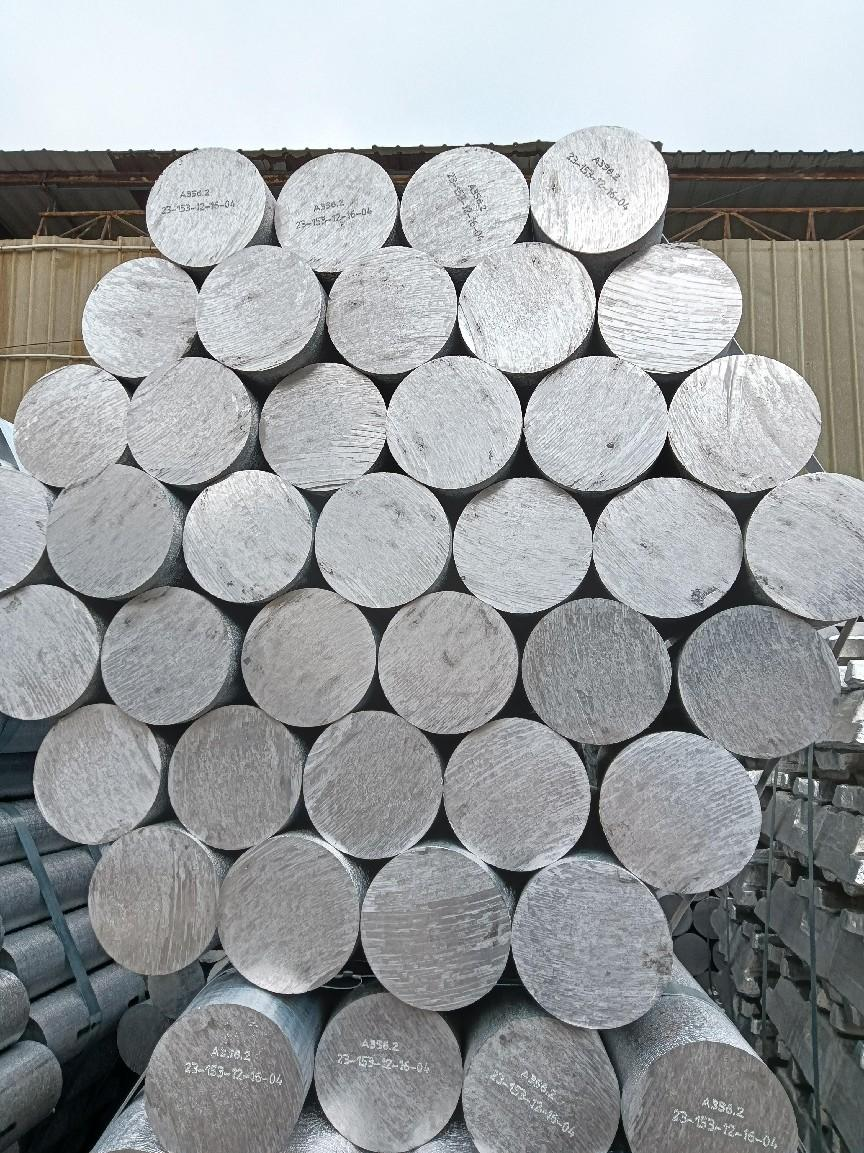
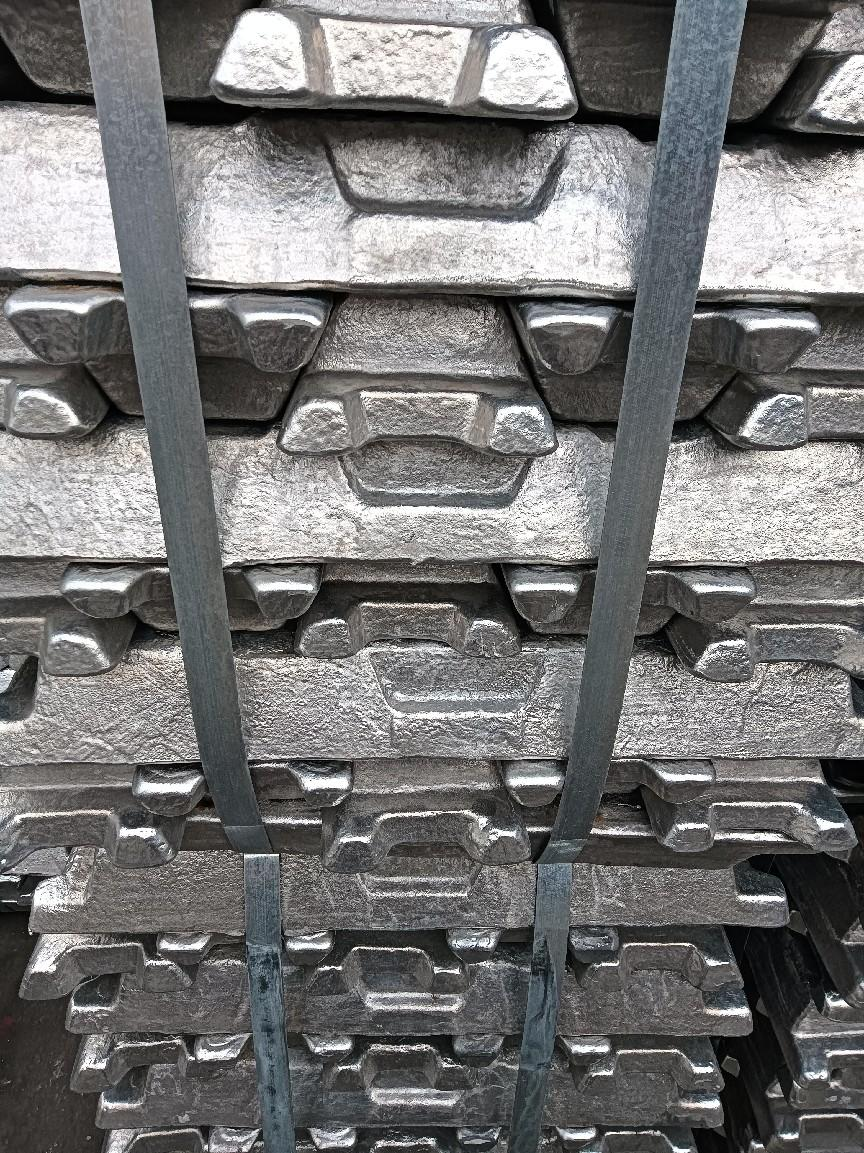
2. Heating and Pre-Forming: Shaping the Future Rim
Once the alloy billet is selected, it's preheated to a specific temperature—usually around 400–500°C. This softens the metal, making it malleable for the forging process. The hot billet is then pressed into a rough shape that resembles a wheel, known at this stage as a rine—a less commonly used but still valid synonym for rim in automotive terminology. This pre-forming step is crucial, as it lays the foundation for the next stages of precision shaping.
3. Forging the Wheel: Strength Through Pressure
In this phase, the softened metal undergoes intense compression in a forging press. The force—often over 10,000 tons—restructures the alloy at a molecular level, creating a dense, fine-grain structure. This is what gives forged wheels their famous strength and lightweight profile. The pressing process ensures that the disk, which is the central part of the wheel connecting to the hub, is tightly bonded to the rim with no weak points.
4. Precision CNC Machining: Sculpting the Final Design
After forging, the wheel blank is far from finished. Using advanced CNC (Computer Numerical Control) machines, manufacturers cut and sculpt the wheel into its final form. This includes defining the shape of the disk, drilling bolt holes, and machining the inner and outer rims to exact specifications. Here, design meets engineering—custom spoke patterns, hub fitments, and weight-saving channels are carved with microscopic accuracy. Whether you're crafting a racing wheel or a luxury car wheel, CNC machining ensures the product meets safety and aesthetic demands.
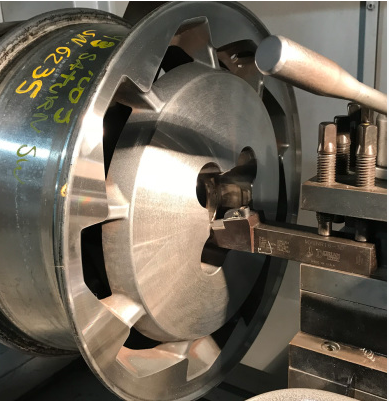
5. Heat Treatment and Strength Testing
Once machined, the wheel undergoes heat treatment to further enhance its mechanical properties. This process increases the wheel’s resistance to fatigue and deformation, which is essential for both high-performance and everyday driving. After treatment, each forged wheel is subjected to rigorous tests—impact testing, radial fatigue testing, and x-ray inspection—to ensure the integrity of both the rim and the disk structures. Only wheels that pass these assessments can be sold as certified alloy wheels.
6. Surface Finishing: From Matte to Mirror Polish
A car wheel is as much about looks as it is about performance. The final step involves applying surface finishes that enhance corrosion resistance and visual appeal. This may include powder coating, painting, anodizing, or polishing. Custom color options are popular for those seeking a unique look, while clear coatings protect the alloy underneath. At this point, the forged wheel is ready for market, offering a blend of precision engineering and visual sophistication.
Conclusion: The Art and Science of Forged Wheels
Creating a forged car wheel is a blend of art, science, and cutting-edge technology. From raw alloy to beautifully finished rim, the process ensures optimal performance, safety, and style. Each component—be it the disk, the rine, or the overall wheel—is crafted with exacting standards that set forged wheels apart from other types. For enthusiasts and manufacturers alike, understanding this process is a reminder of why forged wheels remain the gold standard in automotive performance and design.
